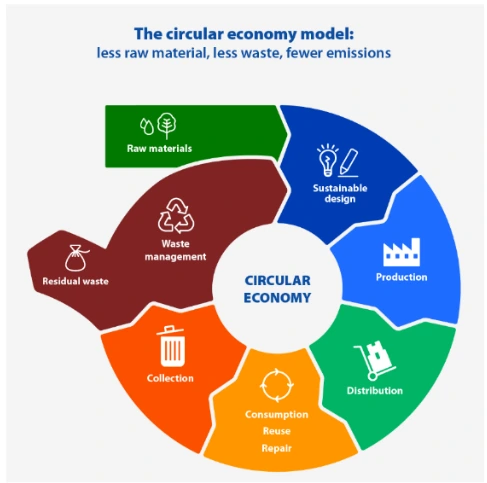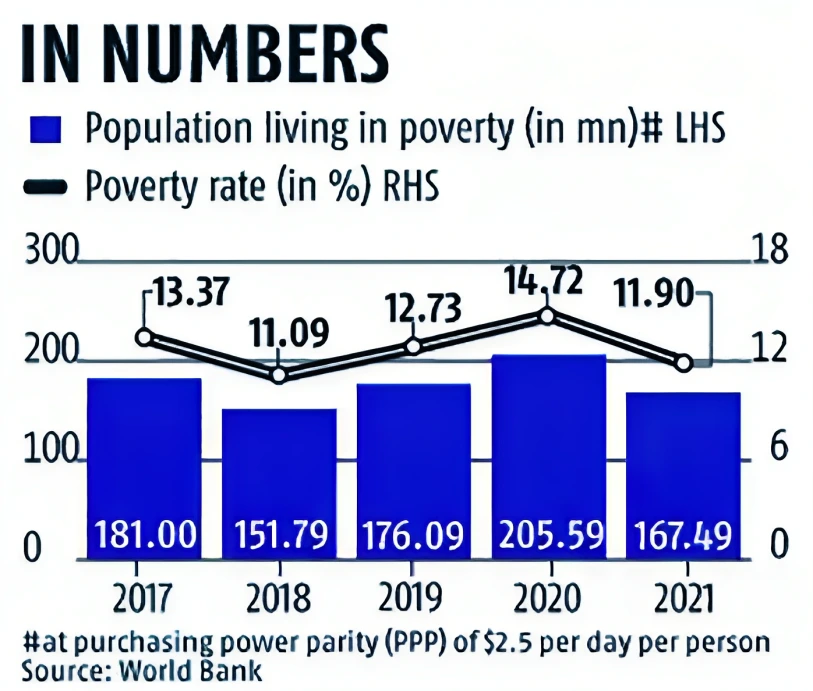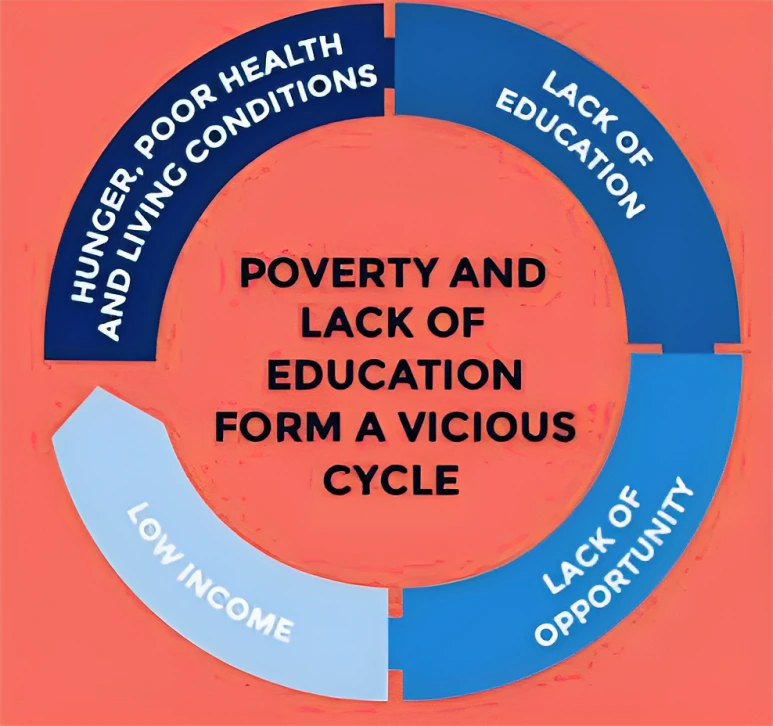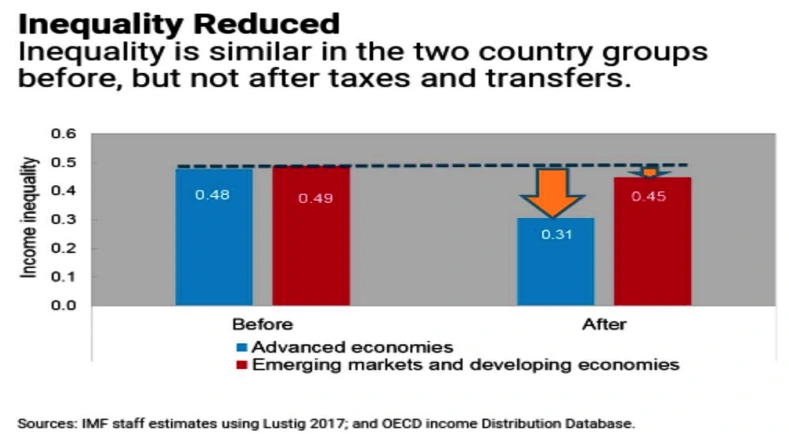About United Nations Environment Programme (UNEP):
|
|---|
Production gap report 2023 by United Nations Environment Programme:
|
|---|
Policy developments within G20 economies:
|
|---|
Difference between CDR and Carbon Capture and Storage:
|
|---|
News Source: DTE
About International Olympic Committee (IOC):
|
|---|
Other Decisions taken by ICC:
|
|---|
News Source: Indian Express
About International Tropical Timber Council (ITTC):
Indian Role in ITTC:
|
|---|
News Source: DTE

News Source: Mint
Medium Range Surface-to-Air Missile (MRSAM):
|
|---|
News Source: Mint
Indian National Space, Promotion & Authorization Centre (INSPACe)
Low Earth Orbit (LEO) Satellite Network:
Geostationary orbit (GEO)
|
What is Starlink?
|
|---|
News Source: The Hindu
About International Energy Agency (IEA):
|
|---|
Oil Benchmarks: Distinctions of Brent Crude and West Texas Intermediate
|
|---|
News Source: Reuters
News Source: Hindu
About PARAKH:
Functions:
|
|---|
News Source: PIB
“Yield” – Returns on Investment
Yield Spread: Understanding Differences in Debt Instruments
|
|---|
What is a Bond? – Exploring the Foundations of Debt Investing
|
|---|
Instruments of Government Bonds in India:
|
|---|
News Source: BS
About BRICS:
Related Article: BRICS Expansion |
|---|
Related Article: Israel Palestine Conflict, Causes, Impacts, Gaza Strip
News Source: The Hindu
China factor in India Australia ties:
|
|---|
|
|---|
The India Human Development Survey (IHDS):
|
|---|
| Feature | Inequality | Poverty |
| Focus | Distribution of resources or opportunities | Absolute or relative lack of resources |
| Measurement | Income inequality, wealth inequality, Gender Inequality, etc. | Poverty line Eg. Tendulkar, Rangrajan
World Bank Poverty Line. |
| Impact | Social unrest, political instability, economic stagnation | Hunger, malnutrition, disease, illiteracy |
| Solutions | Redistribution of resources, progressive taxation, investment in education and healthcare | Social safety nets, targeted poverty reduction programs, economic development |
Types of Inequality: Different kinds of inequalities in India are multidimensional and intersectional in nature manifest in various forms, encompassing economic, social, and political dimensions.
|
|---|
| Measuring Social Inequality: Tools and Techniques Shaping Social Dynamics in India:
|
 Challenges with Measuring Political Inequality:
Challenges with Measuring Political Inequality: Education and Health: Education and health are essential for economic and social mobility, but access to these services is unequal in India. This Social inequality in education and health perpetuates the cycle of poverty.
Education and Health: Education and health are essential for economic and social mobility, but access to these services is unequal in India. This Social inequality in education and health perpetuates the cycle of poverty.
Government Measures to Reduce Social Inequality in India
|
|---|
 Property Tax:
Property Tax:
Measuring inequality accurately and comprehensively is essential for designing effective policies and interventions to address it. The emphasis on the interaction between social and economic aspects of inequality helps us holistically drive policy action through social protection frameworks.
How Climate Change is Creating Refugees Across the...
View India’s Gender Gap Report Ranking as a Warn...
Aiding India’s Progress with Choice, Control and...
Bridge too Far: On the Bridge Collapse in Vadodara
How India’s Biofuel Potential Complements its Le...
As PM Modi lands in Namibia, this is why the Count...
<div class="new-fform">
</div>
